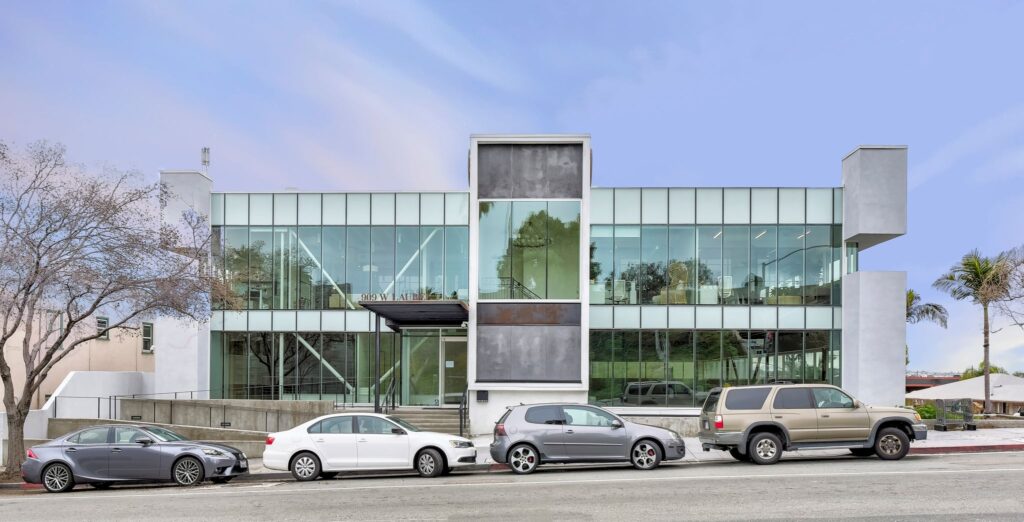In our last 4 posts, we have been revisiting our series on the Wealth Cycle (see the link below to catch up if you missed them). This week, we take a look at Wealth Distribution, which is what we shift our focus on after we’ve created wealth and worked hard to keep it as we grow older.
Read the Previous Posts in This Series:
- Phase 1: Wealth Creation
- A Wealth Creation Story
- Phase 2: Wealth Preservation
- On Preserving Wealth and Managing Risk
Wealth Distribution is all about making a plan to distribute that portion of our wealth that we don’t get around to spending while we’re alive.
Ironically, deciding what will happen to accumulated wealth after we are gone is more difficult than deciding what to spend it on each day. Rules, regulations and tax implications are only part of the problem. There’s also the personal side of the equation, which brings in family dynamics into the mix, along with the relationships with business partners, lenders, shareholders and others, all of whom have their own stake in the assets that flow from our estates. Then, there is the mountain of paperwork associated with each and every agreement we’ve ever made and probably haven’t even looked at for years. Just the idea of having to sort that all out will bring out the procrastinator in just about anybody.

Before getting into a serious discussion about distributing wealth, we need to make clear that we are not the go-to experts when it comes to establishing a comprehensive wealth distribution strategy. You will need legal and financial professionals who specialize in this complicated area of the law to help you work up a plan that is best for you. However, we know a thing or two about commercial real estate and we interact with clients every day who are making real estate decisions driven by their own wealth distribution strategies. So, we share some of that experience with you here in the hope that it will get you thinking about your own plans for the future. It could be that you decide to make some moves now that will streamline the process of distributing your assets and getting set up to realize your desired outcome.
A good place to start the process is to take a fresh look at all of your assets and current position, including your real estate. Like most other successful business people, you have probably invested in a variety of asset classes that include real estate, blue-chip stocks, bonds, mutual funds, whole life insurance policies, partnership interests in other companies and your share of the business you own. Each of these investments has its own risk profile, level of liquidity and complexity. The stocks are easy. You own them yourself and they can literally be traded at the speed of light with your thumbs on a screen. Partnership interests in real estate or your business is a whole other story, and we can tell you from experience that it’s a story that doesn’t always have a happy ending.

Hypothetically speaking, let’s take a partnership interest in a building that you and your business partner purchased as individuals to serve as a facility for your company. This is a very common practice in Southern California, as merchant developers have been focused on building freestanding industrial buildings for sale to users since the 1970’s. Let’s also say that you bought the building in the name of an LLC with you and your partner as equal members. That agreement describes your interest in and responsibilities for the property. But, it may or may not clearly define your exit options should you decide that selling your share in the property is in your best interests. You and your partner may have been on the same page when you bought the property many years ago, but life is full of surprises and our priorities change as we get older. If something happened to you or your partner, having your heirs or their heirs become a partner in the property may not be best for all concerned. In such a case, it may be more prudent to sell the property before the fact and have each partner exchange his or her proceeds into an investment of their own, which has the effect of simplifying several estates at the same time. We see this strategy being executed with considerable frequency.
The takeaway in this scenario is that you and the other original player make the decisions and the respective heirs get what they were intended to have in the first place. It also allows you and your partner to go in different directions with a minimum of the personal friction that is often associated with partnership dispositions. You may wish to exchange to defer capital gains and depreciation recapture taxes, while your partner may choose to cash out, pay Uncle Sam and buy a big boat or second home to enjoy with the grandkids. Without a cohesive plan and clear path to achieve that plan’s primary objectives, things can go sideways in a hurry. We recommend that you look at each property you own from every angle possible and decide if continuing your ownership serves the interests of a sound wealth distribution strategy.

Current market dynamics have kept pricing at or near the recent peak, but the possibility of a substantial market correction is increasing due to the sharp increase in mortgage interest rates, the key driver of buyer demand and price appreciation since the recovery from the Great Recession began in 2011. It has been a full two years since the Fed started raising rates and, to our surprise, we are just now seeing property values slip. The good news for long term property owners is that industrial buildings have more than tripled in value during this upcycle, which could turn the old “buy low-sell high” investor credo into a rather pleasant reality. So, dedicating a little time to the topic may just be the best investment you’ll ever make.
More on wealth distribution next week, but give us a call any time if you think we can help.


Leave a Reply
You must be logged in to post a comment.